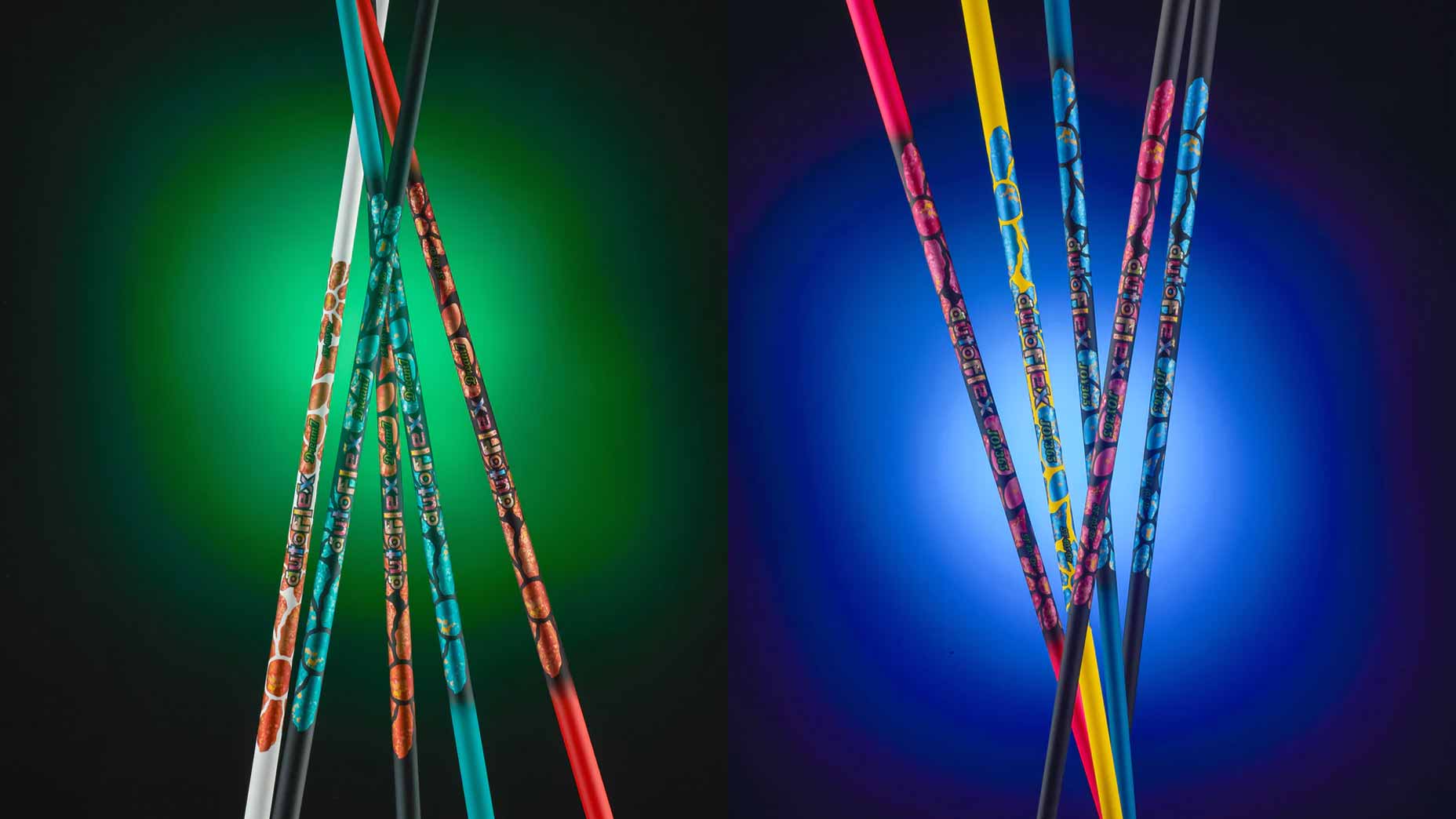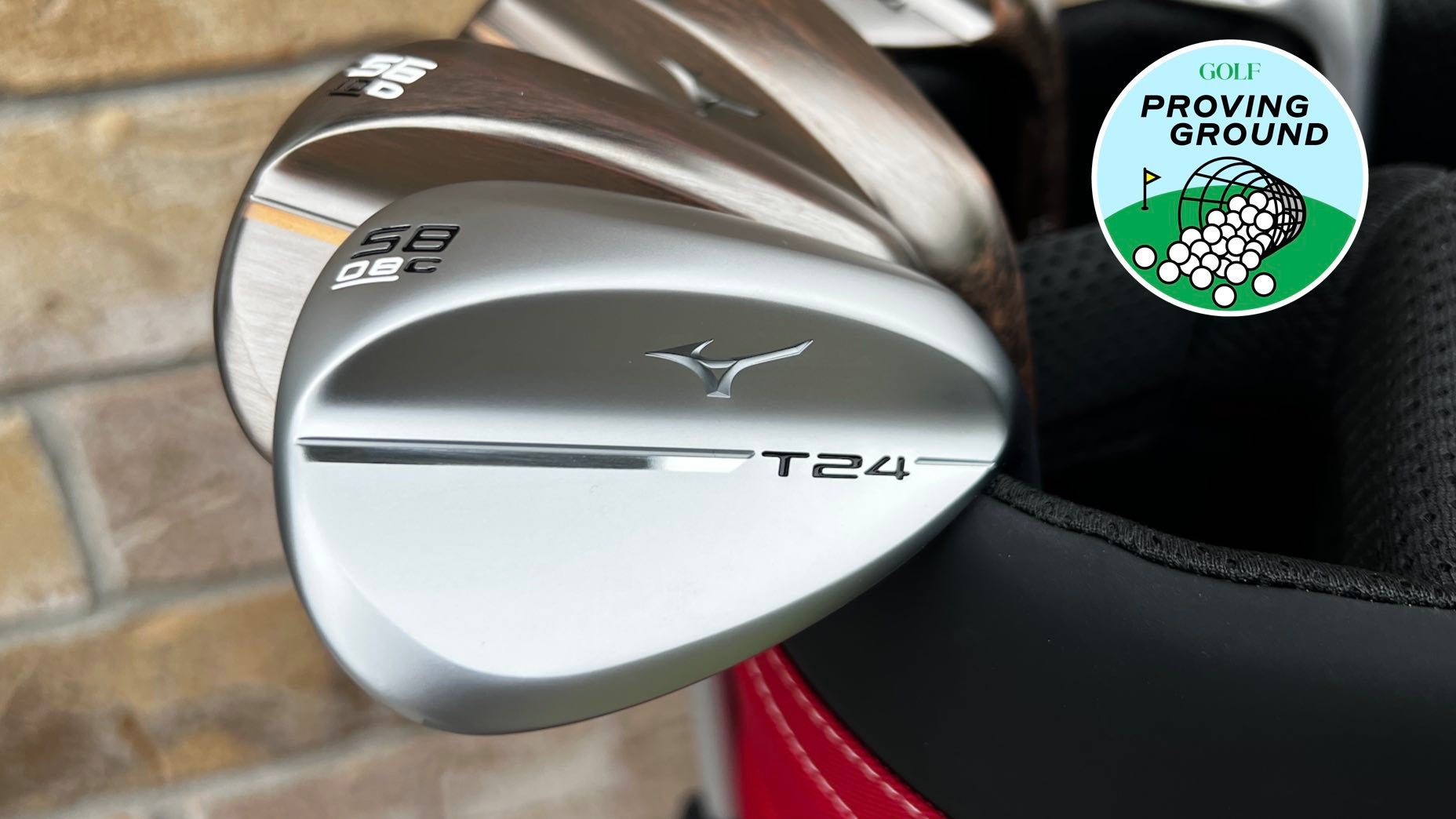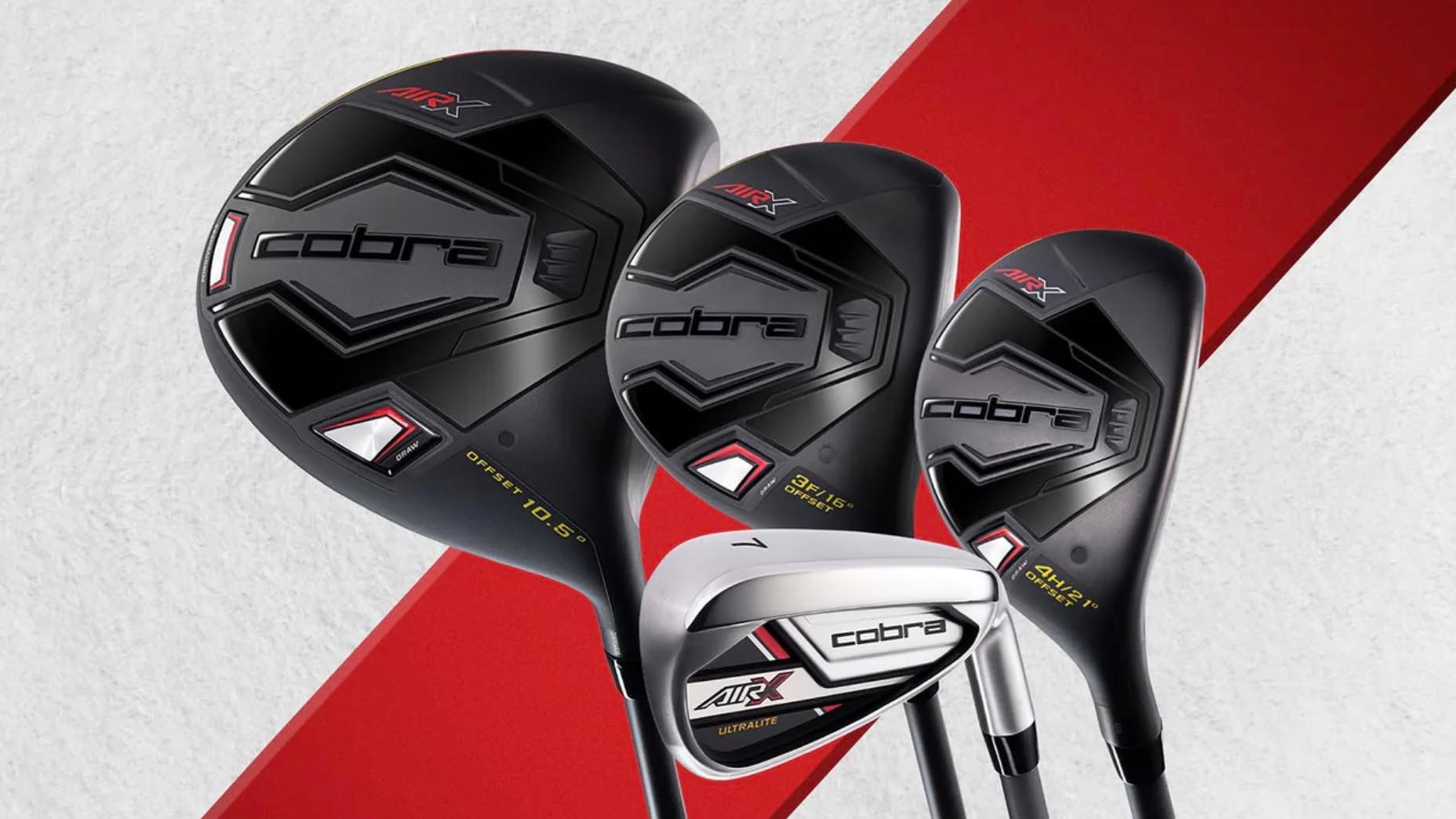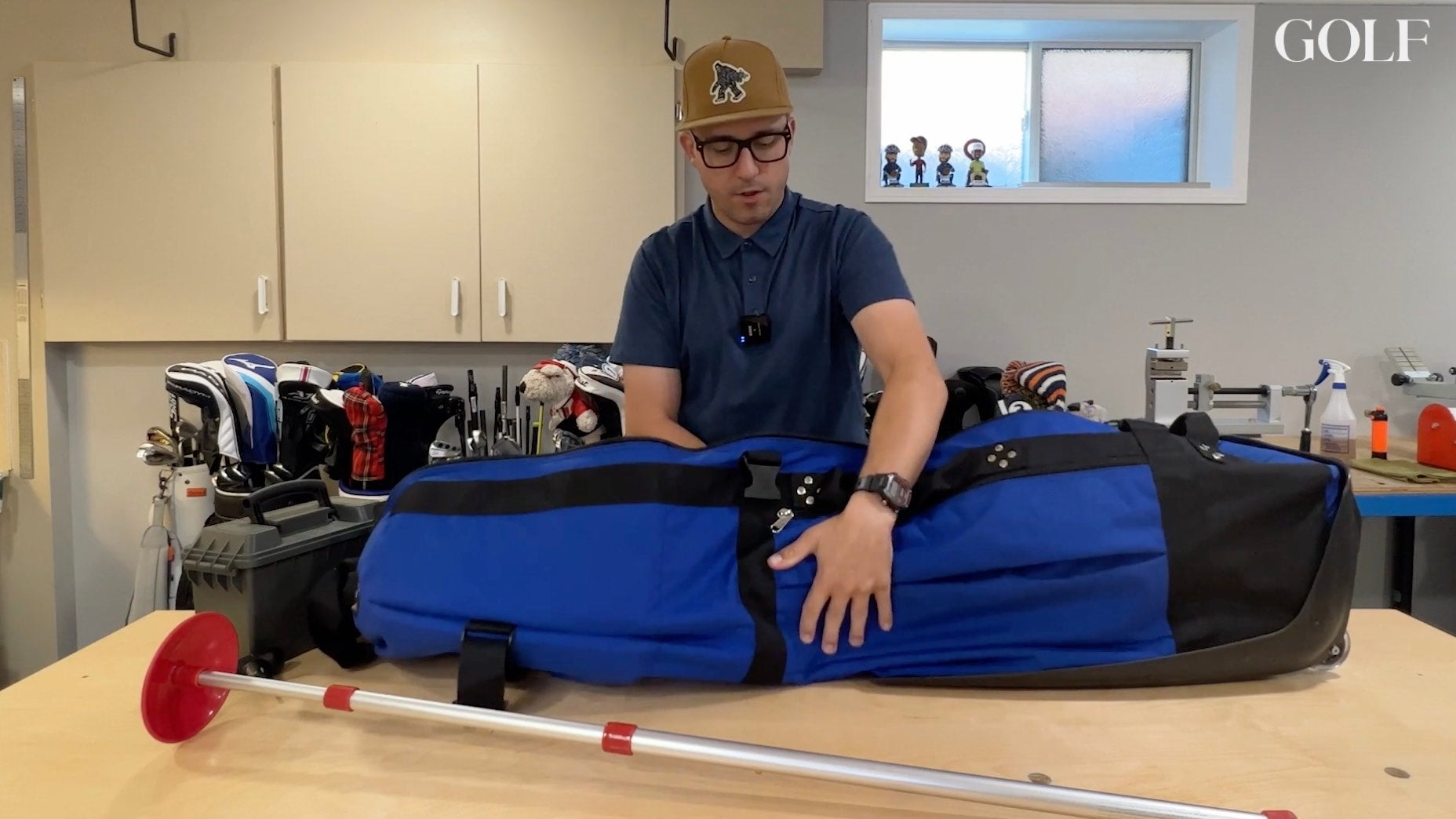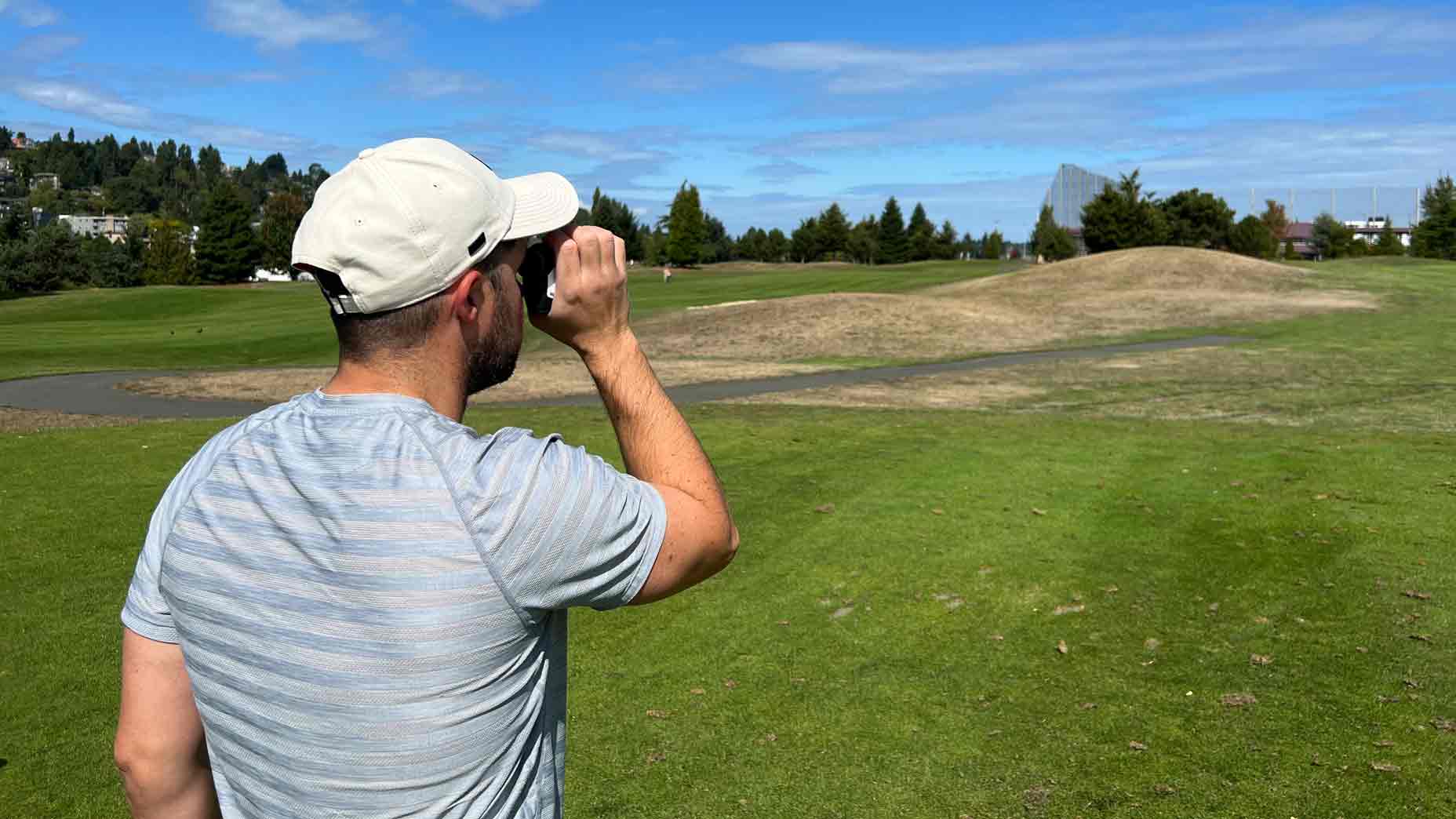Which part of the golf club is more important, the head or the shaft?
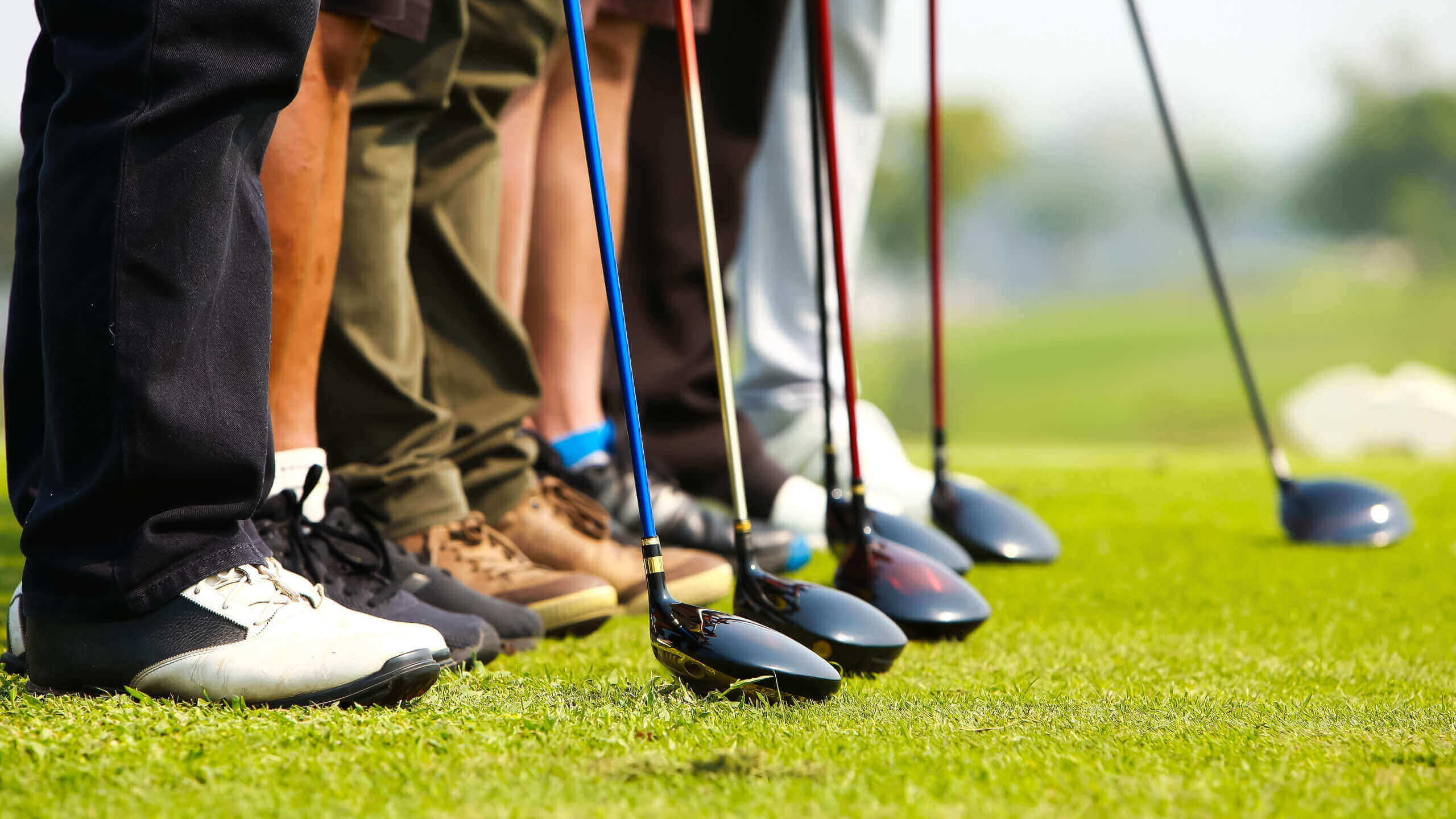
The best golf club is a combination of the proper shaft and club head
Getty images
Whether it be a set of irons or a new driver, it’s important to understand how the components of a golf club work together to create a whole “system” that works best for your swing.
But, the next question most golfers have is, which part of the golf club system is the most critical for producing the best results: the club head or the shaft?
The answer isn’t cut and dry, and it’s not one-size-fits-all, but what we can do is break down how each component impacts ball flight — along with feels and results on the course.
Club head factors

A golf club head, regardless of the specific club itself has a few main factors that will change performance; loft, lie angle, center of gravity, and mass (weight).
The weight varies based on the length and type of club, but the average steel shafted 7-iron head weighs around 268 grams, while the average driver head is around 203 grams. For golfers looking for additional distance, a driver that is lighter will help contribute to gaining club head speed; that comes from a combination of both a lighter head and shafts.

Club loft has the strongest relationship to how high a golf ball will launch at impact, if all other factors are created equal, followed by the club’s center of gravity. A more forward center of gravity will help launch the ball lower with less spin, while a center of gravity farther away from the face will result in a higher launch and slightly higher spin. Some of this can be negated by the golf shaft, but we’ll get to that part in a moment.

Golf club lie angle is the key factor to which direction the golf ball will launch horizontally (right or left) relative to the target, and the more loft on a golf club the more important it is to get lie angle right. Lie angle has minimal effect on launch direction with driver, since the club is hit off a tee and is lower lofted. But with a wedge, if the lie angle is off by just a few degrees it can result in a miss of 20 to 30 yards on just a 100-yard shot!
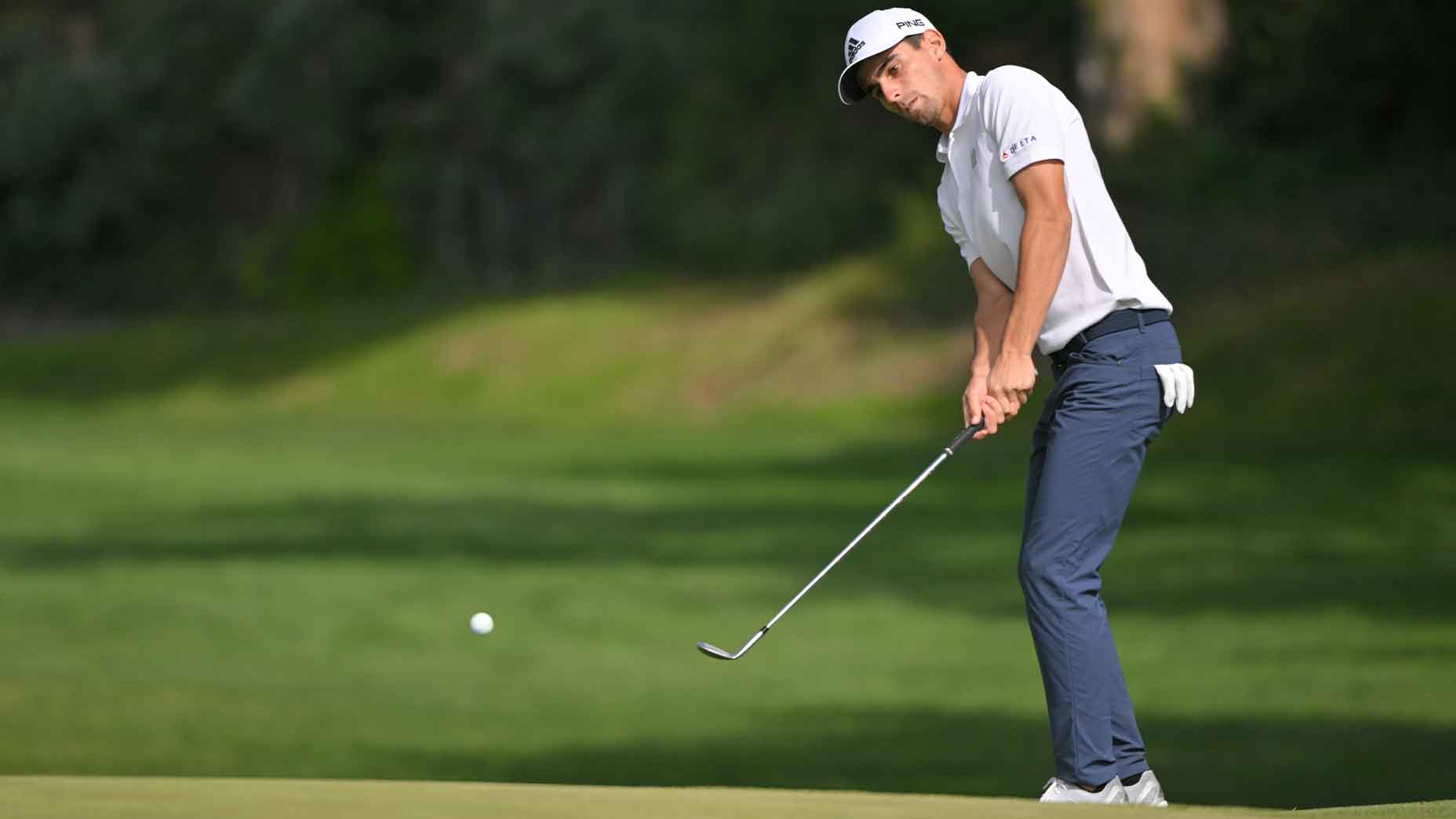
This if why I highly encourage wedge fittings, even if its just to make sure you have your lie angles dialed in.
Shaft factors
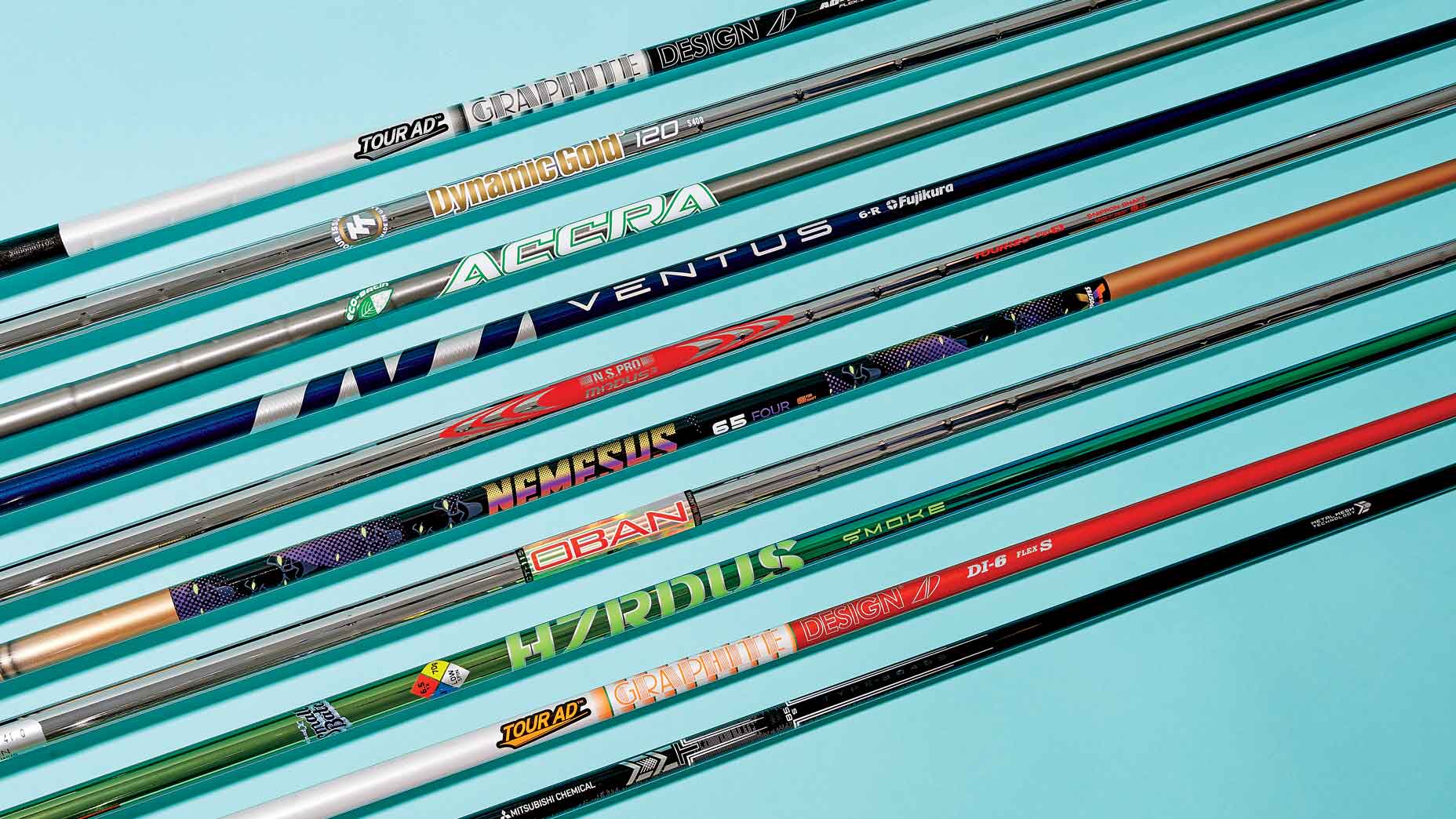
Golf shafts are where performance factors become extremely individualized based on a player’s tendencies, strength, load factor, and speed.
To help explain the golf shaft’s purpose I asked True Spec’s Kris McCormack to help explain some of the variables.
“The golf shaft is the dynamic part of the club. It reacts to how a player swings and that then leads to changes in how the head is delivered into the ball. Factors like shaft weight, bend profile, balance point, and overall stiffness are all perceived differently depending on the player, and that can cause them to make swings that are compensating for something they feel is off. The goal of a fitter is to find a golf shaft that works not only with the selected club head but also with a golfer’s natural swing pattern to create consistent results shot after shot.”
I also put this question out to social media to solicit answers from anyone willing to answer and Dr. Paul Wood, the VP on Engineering at Ping Golf (I would classify Paul as a VERY smart golf mind) had a great take on the shaft vs. head debate as well.
My take on the golf club head vs shaft debate: a well-fitted shaft can’t make a poorly engineered head perform amazingly well but a poorly-fitted shaft can make an amazingly well engineered head perform poorly for you.
— Paul Wood (@paulwood79) December 3, 2022
When I followed up with Kris about what a fitter’s goal is when working with a golfer to find the right shaft, he explained the focus is always on helping the golfer find the best component to create awareness in the swing to help deliver the face back to square at impact.
Shaft fitting thorughout the set is all about finding an appropriate weight and bend profile that complement a player’s natural load and release pattern.
As a big car analogy guy, I liken this to how the suspension of a car is tuned to a driving style. Cars with more power that move quicker, like racecars, utilize a firm suspension to reduce body roll — golf’s version of this is less shaft deflection at higher speeds during the swing transition, and at maximum speed at the bottom of the swing into impact.
Players with less speed cause less deflection and can therefore use shafts that are lighter and softer to help deliver more potential speed, along with launch to gain distance.
As a flexible object, the golf shaft wants to align with the center of gravity of the club leading into impact. This is the deflection. Depending on the center of gravity relative to the club face, this deflection can either increase or decrease the amount of delivered loft at impact, which will then change launch and spin depending on the player. This is why it’s crucial to not just find the right club head, but also find the right shaft that pairs with the club to deliver the results you want through the bag.
Like I said at the top, it’s not a cut-and-dry answer, but you can’t play great golf with a poorly fitted club head nor a poorly fitted shaft. Like so many things in golf, they have to work together for the best results.
Want to overhaul your bag for 2023? Find a fitting location near you at GOLF’s affiliate company True Spec Golf. For more on the latest gear news and information, check out our latest Fully Equipped podcast below.




